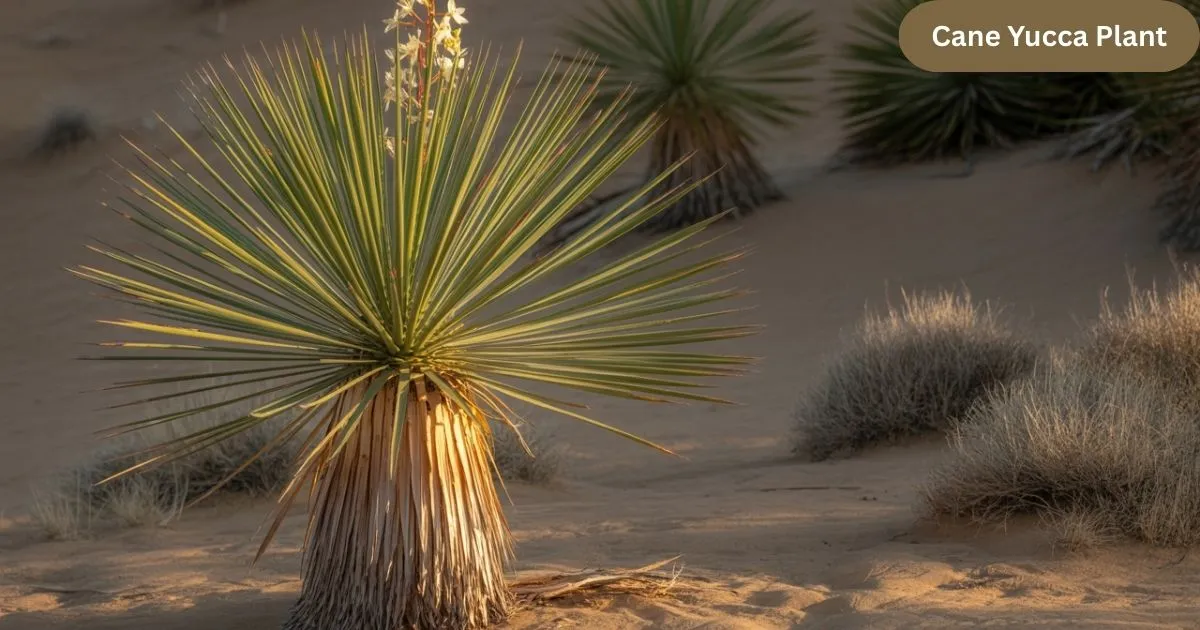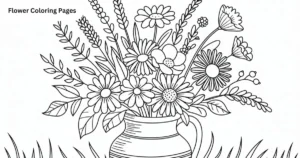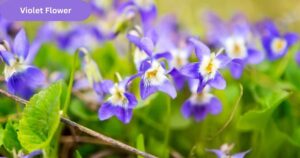The Cane Yucca plant, also known as Yucca gigantea or spineless yucca, is a striking houseplant that brings a bold, architectural look to any space. Known for its thick, woody stems and sword-like green leaves, this plant is popular in both homes and offices. It’s a member of the Asparagaceae family and closely resembles a small palm tree in form. The cane yucca is especially appreciated for its toughness and ease of care.
Because of its upright growth and minimal watering needs, it is often chosen as a low-maintenance indoor plant. Even novice gardeners find it easy to grow and maintain. Its aesthetic appeal and low upkeep make it ideal for modern living. Whether in a living room corner or patio, the cane yucca adds a touch of greenery and elegance.
Origin and Natural Habitat
Native to Central America, the cane yucca thrives naturally in arid and semi-arid environments, especially in countries like Mexico, Belize, and Guatemala. It is well-suited to withstand dry conditions, thanks to its ability to store water in its trunk and thick leaves. In the wild, it grows tall and can reach up to 30 feet, with branching stems and white bell-shaped flowers. These features make it a hardy and adaptable plant.
Its natural habitat includes rocky slopes and dry forests, where sunlight is abundant and the soil drains quickly. These native conditions have shaped its resilience and tolerance for drought. When grown indoors or in containers, the plant adapts well to limited resources. Its ability to survive in less-than-perfect settings makes it a favorite among plant enthusiasts.
Distinctive Features of Cane Yucca
The most recognizable feature of the cane yucca is its thick, upright stem, which resembles a cane or small tree trunk. Its long, narrow, sword-like leaves grow in rosettes at the top, adding a dramatic look to any space. These glossy green leaves can be sharp at the ends but are generally softer than other yucca varieties. It can also develop multiple branches, giving it a fuller appearance over time.
Under optimal conditions, the cane yucca may produce white flowers in the form of hanging clusters. However, flowering is more common outdoors and rare indoors. The plant’s slow growth rate allows it to maintain its shape for years without much maintenance. Its sculptural look and natural symmetry make it a stylish focal point indoors or in garden landscapes.
Ideal Growing Conditions
Cane yucca thrives in bright, indirect sunlight but can also tolerate partial shade. For best results, place it near a south or west-facing window where it gets filtered light for several hours a day. If kept outdoors, ensure it is in a spot that receives morning sun and some afternoon shade. Avoid harsh, direct sunlight that can scorch the leaves.
Temperature-wise, the plant prefers a range of 60°F to 80°F (15°C to 27°C) and should be kept away from drafts or sudden temperature changes. Though it tolerates dry air, occasional misting helps during very dry conditions. It grows best in well-draining soil with a sandy or cactus mix. Proper light, warmth, and drainage are key to a healthy, thriving cane yucca.
How to Care for a Cane Yucca Plant
Water the cane yucca sparingly only when the top 2-3 inches of soil are dry. Overwatering can lead to root rot, one of the most common issues with this plant. During the growing season (spring and summer), water every 7–10 days, reducing frequency in the colder months. Always ensure excess water can drain freely from the pot.
Use a container with drainage holes and plant in cactus or sandy soil mix to prevent water retention. Fertilize lightly once a month in spring and summer with a balanced houseplant fertilizer. Prune dead or damaged leaves by trimming them close to the base. Repot the plant every 2–3 years or when it becomes root-bound to promote growth.
Common Problems and How to Fix Them
One of the most common problems is yellowing leaves, often caused by overwatering or poor drainage. To fix this, allow the soil to dry out completely and reduce the watering schedule. Root rot is another serious issue, usually indicated by a soft stem or musty smell remove affected roots and repot in dry, fresh soil. Brown tips may signal low humidity or salt buildup.
Pests such as spider mites, scale, and mealybugs can also affect cane yucca. These pests usually appear when the plant is stressed or exposed to poor air circulation. To treat infestations, use neem oil or insecticidal soap and wipe down the leaves regularly. With proper care and prompt action, most of these problems can be easily managed.
Propagation and Growth Tips
Cane yucca can be propagated using stem cuttings or by separating offshoots, also known as “pups.” For stem cuttings, choose a healthy cane section, let it dry for a day or two, then plant it in moist soil. Place the cutting in bright, indirect light and water sparingly until roots develop. Propagation works best in spring or summer when the plant is actively growing.
To promote healthy growth, rotate the plant occasionally so it receives even light on all sides. Wipe leaves to keep them dust-free and allow better light absorption. Avoid over-fertilizing, as this can lead to salt buildup in the soil. With the right balance of care and patience, cane yucca can grow several feet tall over the years.
Benefits of Having Cane Yucca at Home
Besides its decorative appeal, the cane yucca is known for improving indoor air quality by filtering out toxins. It releases oxygen and helps maintain indoor humidity, making the air fresher and cleaner. Its vertical structure and minimal leaf drop make it ideal for compact spaces or minimalist interiors. The plant also adds a touch of nature without being overwhelming.
Another benefit is its low-maintenance nature, which makes it perfect for busy individuals or beginner gardeners. It rarely needs repotting, doesn’t demand frequent watering, and resists many common pests. Whether you want to add greenery to a bedroom, living room, or office, the cane yucca offers a perfect combination of beauty and practicality.
Read More: Looking After a Yucca Plant
Conclusion
In conclusion, the cane yucca plant is a stunning, low-maintenance addition to any indoor or outdoor space. Its bold appearance, sturdy nature, and air-purifying qualities make it a favorite among plant lovers and beginners alike. With proper care such as moderate watering, ample sunlight, and well-draining soil it can thrive for years with minimal effort.
Whether you want to enhance your home’s decor or enjoy the health benefits of indoor greenery, the cane yucca is a reliable and stylish choice. Its adaptability and resilience ensure it remains a timeless plant for both modern and traditional spaces.
FAQ’s
Is the cane yucca plant easy to care for?
Yes, it’s a low-maintenance plant that thrives with minimal attention.
How often should I water a cane yucca?
Water only when the top 2–3 inches of soil are dry.
Can cane yucca grow indoors?
Yes, it grows well indoors with bright, indirect light.
Is the cane yucca toxic to pets?
Yes, it can be toxic if ingested by cats or dogs.
How tall does a cane yucca plant grow?
Indoors, it can grow up to 6–8 feet tall over time.









